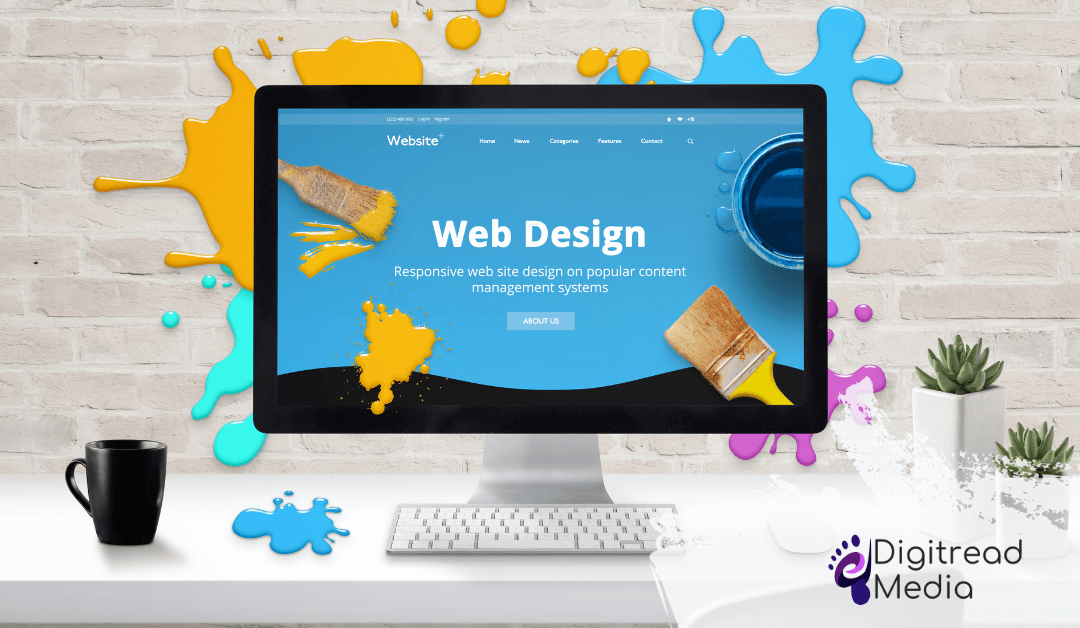In the ever-evolving world of web design and development, clients often find themselves drowning in a sea of jargon and technical terms. As a client, it’s crucial to understand the basics to ensure effective communication with your designers and make informed decisions about your online presence. In this article, we’ll break down some common web design and development terms, focusing on platforms like WordPress, OctoberCMS, hosting, and domain name services.
Content Management System (CMS)
A CMS is the backbone of your website, providing a user-friendly interface to manage and update content without diving into complex code. WordPress and OctoberCMS are two popular CMS options.
WordPress: A widely-used CMS known for its ease of use, extensive plugin support, and a vast community. It empowers users to manage blogs, business websites, and even e-commerce platforms effortlessly.
OctoberCMS: A more developer-oriented CMS, OctoberCMS is known for its flexibility and customization capabilities. It’s an excellent choice for those who seek a balance between user-friendly interfaces and advanced developer features.
Web Designer vs Web Developer
In the dynamic realm of web development, the roles of web designers and web developers are distinct yet interconnected.
A web designer is the creative force behind the aesthetics and user experience of a website. They focus on visual elements, layout, color schemes, and overall design to ensure an engaging and intuitive interface. Web designers often craft the look and feel of a site.
On the other hand, web developers are the architects who bring these designs to life. They are responsible for the functionality and technical aspects of a website, coding in languages like PHP, HTML, CSS, and JavaScript. Web developers ensure that the site is not just visually appealing but also functional, responsive, and capable of handling dynamic interactions.
While web designers and web developers collaborate closely, their expertise lies in different aspects of the web development process, creating a harmonious synergy to deliver a well-rounded and effective website.
Hosting Services
Web hosting is where your website’s files are stored, making them accessible to users worldwide. DirectAdmin and Cpanel are hosting control panels that simplify server management. Hosting is like renting space on the internet to store your website files. DirectAdmin and Cpanel hosting provide a user-friendly dashboard to manage server settings, emails, and other hosting-related aspects.
Domain Name Services
Your domain is your online address, and domain name services involve managing various aspects related to it.
Domain Name: Your website’s address (e.g. www.yourcompany.com). It is important to choose a memorable and relevant domain name for your business.
Domain Registrar: A company that registers and manages domain names on your behalf. Popular registrars include Domains (Diamatrix), GoDaddy, Namecheap, and Google Domains.
DNS (Domain Name System): The DNS translates human-readable domain names into IP addresses that computers understand. It’s like the internet’s phonebook.
DNS Hosting: A service that manages your DNS settings. It’s essential for directing visitors to your website and handling email services associated with your domain.
Navigating the world of web development can be overwhelming, but understanding the essential jargon is a crucial step for working with web design companies. By familiarizing yourself with terms related to content management systems, hosting platforms like DirectAdmin and Cpanel, and domain name services, you empower yourself to make informed decisions and communicate effectively with your development team. So, the next time you discuss your website project, you’ll be equipped to break down the jargon and ensure a seamless collaboration with your web design company.

